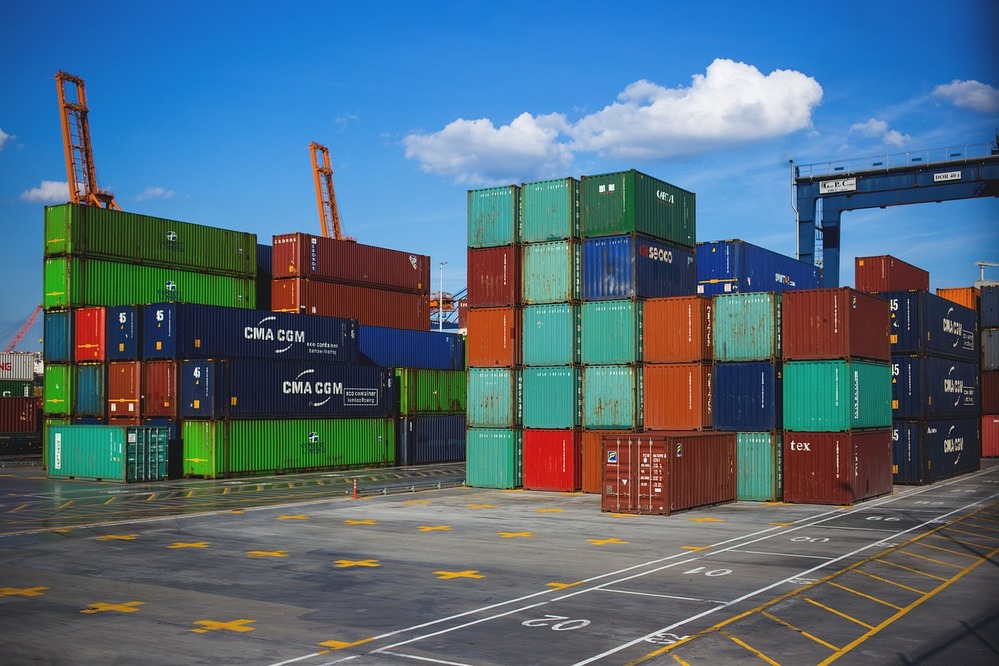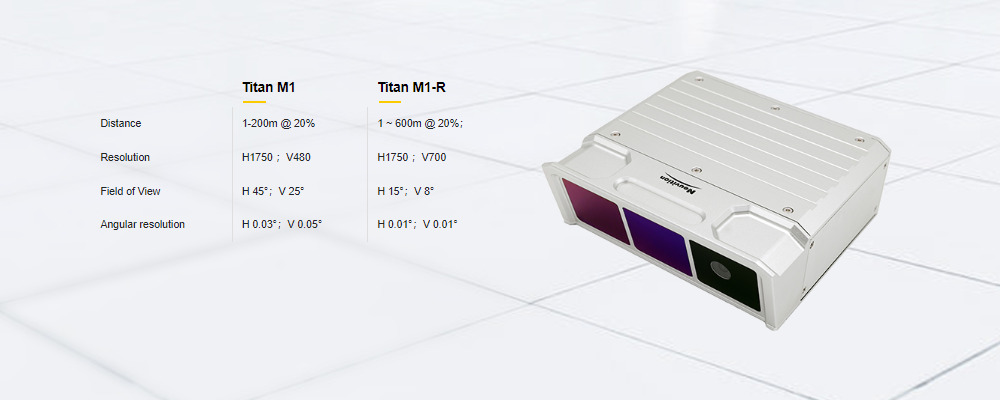LiDAR Laser Empowers Smart Ports
Author: Release time:2022-08-24 02:47:08
In 2020, with the arrival of the COVID-19 epidemic, the global container shipping trade volume facing a reduction, and the construction of smart ports has become a focus of attention. By equipping with technologies such as satellite navigation and positioning, LiDAR, and 5G, the port business scenarios are empowered, to realize port automation, flexible manpower, and digitalization. How does LiDAR laser help ports become smarter, and improve safety and efficiency?

LiDAR laser helps Chinese ports reduce accident and false alarm rates
The Port of Nanjing in China has deployed a detection and warning system based on LiDAR to avoid various potential accidents such as damage to warehouses in the port area during heavy machinery operations.
The Port of Nanjing had previously used passive infrared (PIR) sensor systems, but the false alarm rate was too high and reached as high as 90% in some cases. LiDAR laser is considered to use because it can solve many problems, such as:

– Accurate and reliable detection even in harsh warehouse environments;
– 3D object recognition, which can significantly reduce false alarms caused by small animals such as birds, reducing the false alarm rate to about 2%;
– LiDAR covers a larger area than other traditional sensors and requires fewer devices.
The detection and warning system based on LiDAR helps Nanjing Port Group reduce the number of costly maintenance and enhance environmental safety. With the data provided by the LiDAR system, the port warehouse team can get a more accurate visualization of the work area. These LiDAR features provide a safer environment and save the Nanjing Port Group from costly repairs.
LiDAR laser works on unmanned driving in ports
According to the information from the China Water Transport Network, the cost of truck drivers in China’s port operations currently accounts for more than 50% of the entire port transportation cost. Port truck drivers need at least an A2-level driver’s license, and there are few qualified drivers. At the same time, the 24-hour operation of the port requires drivers to work multiple shifts, which is prone to fatigue driving, causing potential safety hazards. The demand for unmanned driving in ports is urgent, but there are also many technical difficulties to achieve it. Under the general trend of smart port upgrades, the port scene is becoming a new battlefield for autonomous driving.
At the Khalifa Port in Abu Dhabi, UAE, the full-time unmanned heavy-duty truck Q-Truck fleet built by Westwell has withstood the challenge of the local daily average high temperature of over 40°C and supported the real ship operations at the terminal around the clock. The fleet is equipped with multiple sets of industrial-grade sensors with ultra-high-precision positioning and identification functions. It can achieve 24-hour uninterrupted operation without the need for complex large-scale infrastructure renovations at the terminal.
Some ports not only have complex and irregular road conditions but also have the characteristics of large areas and large traffic flow. To cope with different working conditions, Westwell considered a reliable sensing system and chose to carry a high-precision and cost-effective LiDAR, which can provide unmanned vehicles with strong environmental perception capabilities. In the port area, for a large truck with a length of more than ten meters, it is necessary to have an accurate perception ability to maneuver and convert within an error range of a few centimeters. LiDAR can detect close-range zero blind spots. Even when an object is close to the LiDAR mask, it can accurately capture the object in the near-field area of the LiDAR, making self-checking and occlusion detection possible, and helping vehicles complete accurate alignment and interaction in port scenes.
LiDAR laser for port sweepers
The annual cargo throughput of the Port of Tangshan reaches 702 million tons. The port area is large, the flow of people and vehicles is dense, the transportation of goods is busy, the environmental pollution is serious, and the cleaning and maintenance work is costly and difficult.
Autowise.ai deployed two AutowiseV16 self-driving sweepers at the Port of Tangshan. Equipped with LiDAR, camera, and millimeter-wave radar, the sweepers can detect the surrounding environment 360 degrees without a dead angle, and can also perform automatic cleaning operations such as scrubbing, dirt suction, and hydraulic cleaning.
LiDAR laser for port machinery intelligentization
When the tire-type gantry crane lifts the container on the truck flatbed, because the lock on the truck flatbed does not rotate, and the twist lock is not separated from the keyhole at the bottom of the container, the truck flatbed will be lifted by the container, or even the head of the truck will be lifted. It will cause a safety accident, which is usually a container truck lifting accident. Through the precise scanning and ranging of LiDAR, the real-time position of lifting appliances, containers, trucks, etc. is detected in real time, to realize the function of anti-lifting trucks and avoid safety accidents.
LiDAR-based port vehicle/container inspection solution
The LiDAR-based vehicle detection technology is applied to the contour detection of port vehicles and container positioning to assist tower cranes in loading and unloading containers. Neuvition LiDAR-based port vehicle/container inspection solution provides real-time 3D LiDAR point cloud of the vehicle body structured data, and efficiently helps check any interlayer or hidden cargo in the vehicle, to improve port automation efficiency!
What else other application scenarios can LiDAR laser work well to make the ports smarter?